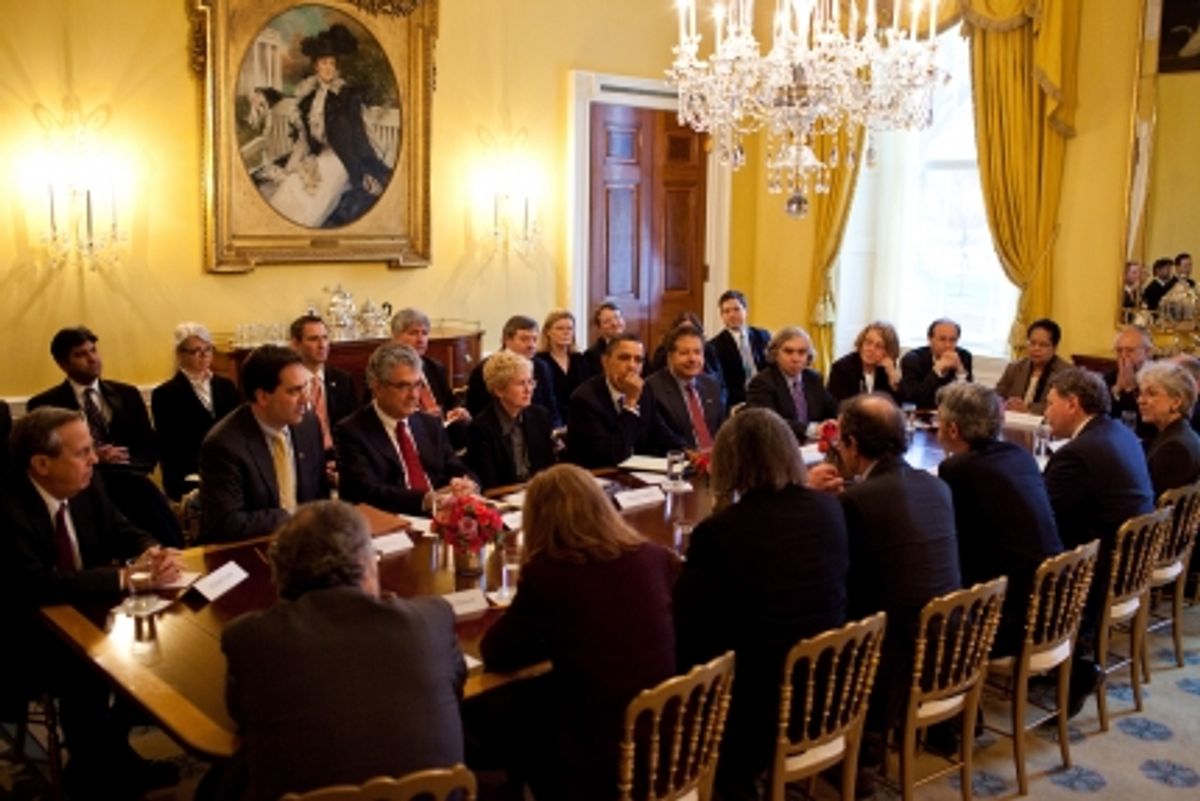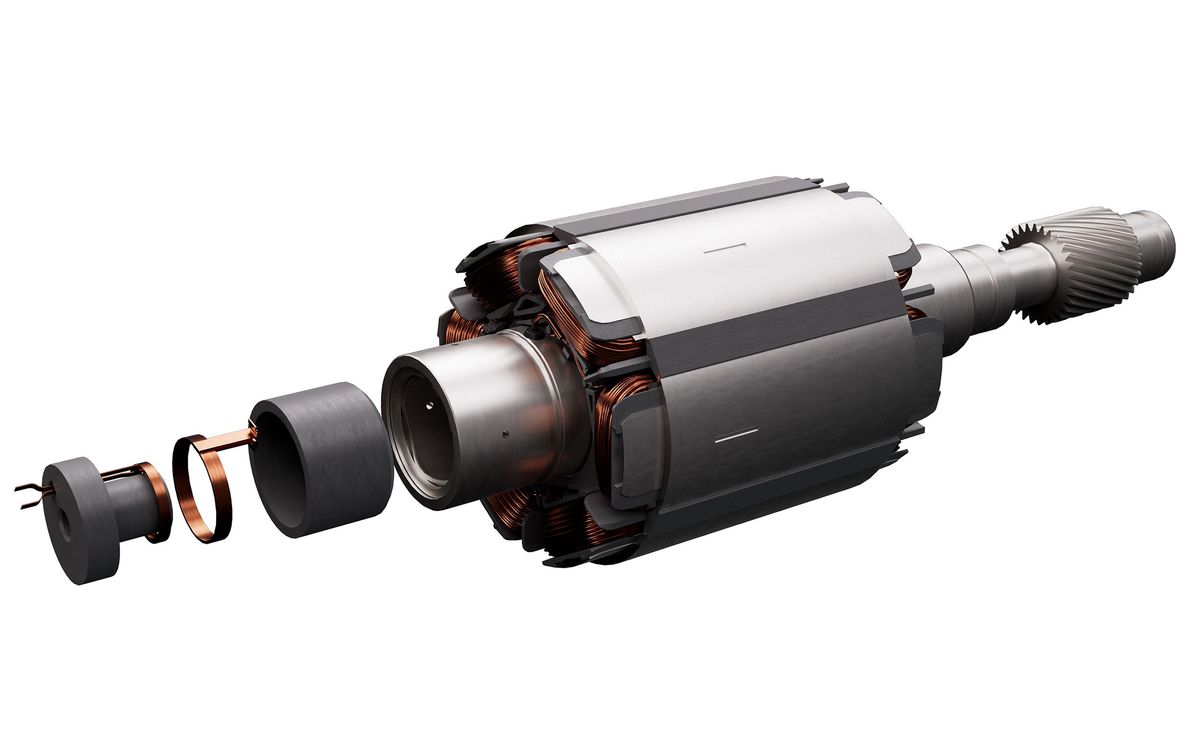The webcast of this November 2 hearing can be viewed from here. If you prefer a brief written summary of the four speakers, you can find that here in a report from the American Institute of Physics. All of the materials from the meeting, including the presentations, can be found here.
My take on the PCAST recommendations is that they wanted to start seeing more commercial products from the $14 billion that has been invested in nanotech research over the last 10 years, and they wanted the issue of environmental, health and safety (EHS)…shall we say…adequately addressed.
The answer for these calls has been to increase the number of public/private partnerships and improving tech transfer mechanisms to shorten the timescale of moving from fundamental research to commercial products.
That sounds fine, but the test of time will determine whether these measures can actually make an impact in the commercial development of nanotech research.
As far as EHS issue, we are told in the presentation that $500 million has been invested thus far into addressing this issue. I am not sure that a little over 3.5% of the overall nanotech research budget is enough to address the EHS concerns surrounding nanotechnology, or, more importantly, satisfy the groups who have placed themselves in opposition to nanotechnology and called on a moratorium of all research.
Whatever your opinion is of the PCAST recommendations to the NNI, or the NNI’s response to those suggestions, you have to be impressed with the transparent way that the US government operates in its nanotechnology initiative. For someone like myself who spends some time in looking into the nanotech initiatives of other countries, it is impressive.
Dexter Johnson is a contributing editor at IEEE Spectrum, with a focus on nanotechnology.




